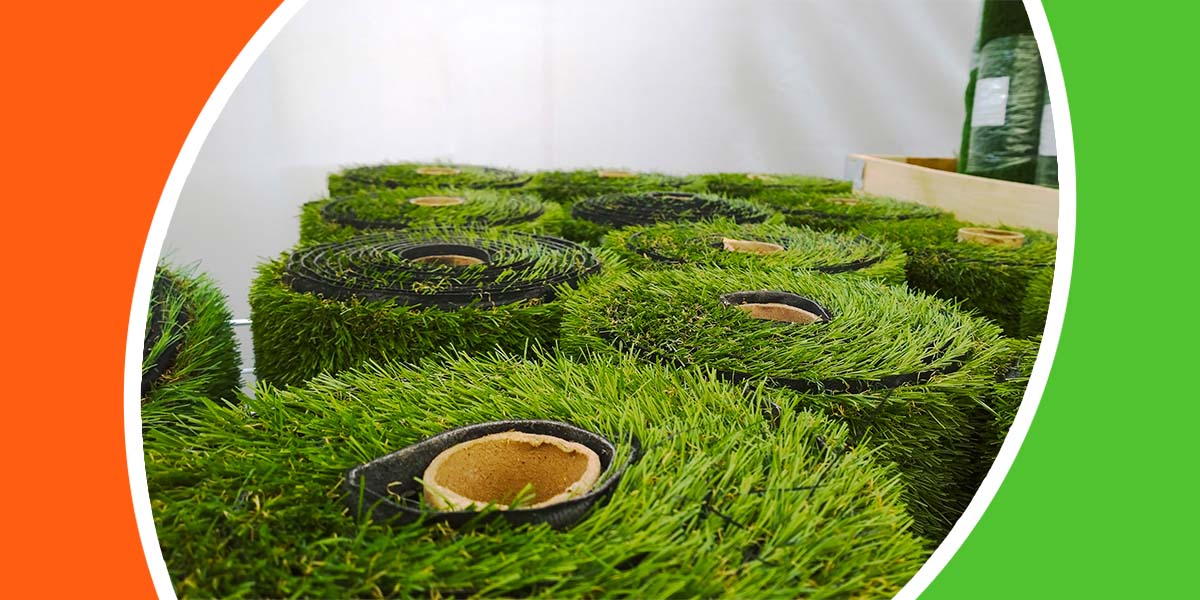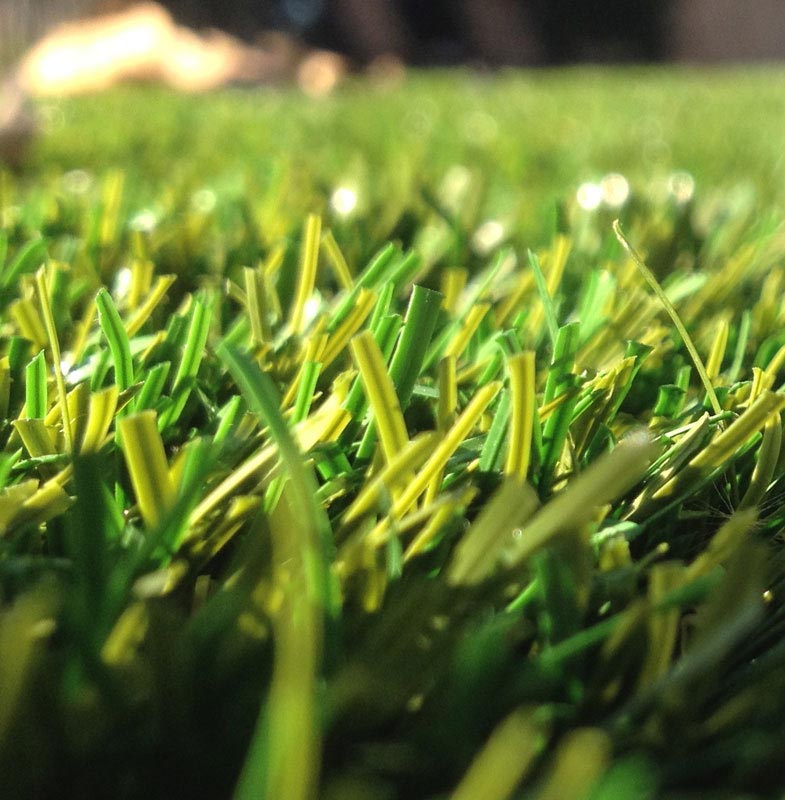Weather-Resistant Arizona Artificial Turf for Home and Business Applications
Weather-Resistant Arizona Artificial Turf for Home and Business Applications
Blog Article
Look Into the Environmental Conveniences of Opting for Artificial Lawn Solutions
The adoption of synthetic grass services presents a compelling opportunity to resolve pressing ecological obstacles. By substantially decreasing water usage and reducing the application of dangerous chemicals, these choices not only advertise sustainable landscaping yet additionally safeguard neighborhood environments. The lower carbon footprint connected with lowered upkeep tasks adds to an extra sustainable approach to land monitoring. However, the implications of these benefits expand past simple conservation initiatives, elevating concerns regarding their long-lasting influence on environment conservation and total eco-friendly equilibrium. Checking out these dimensions discloses a complicated interaction worth thinking about.
Water Preservation Benefits
Among one of the most significant advantages of synthetic grass is its capability to conserve water. Typical turf yards call for significant watering, particularly in areas prone to dry spell or water restrictions. In contrast, synthetic grass does not require watering, substantially decreasing the overall need for water sources. This feature is particularly beneficial in deserts where water deficiency is a pressing issue.
By eliminating the demand for routine watering, synthetic grass adds to lasting landscape methods and aids mitigate the environmental influence of too much water consumption. The conservation of water expands to the decrease of overflow, which can lead to dirt disintegration and river air pollution.
Additionally, the installment of synthetic grass allows municipalities and house owners to assign water sources more successfully, concentrating on crucial uses such as alcohol consumption water and farming. The shift towards synthetic grass not just advertises responsible water use yet additionally aligns with more comprehensive ecological goals targeted at protecting natural resources.
As communities progressively prioritize sustainability, the water conservation advantages of artificial turf provide a compelling situation for its adoption in industrial and residential landscaping tasks.
Decreased Chemical Usage
The transition to synthetic lawn dramatically lowers the reliance on chemical treatments commonly used in natural turf maintenance. Standard turf administration generally involves the application of chemicals, plant foods, and herbicides to promote growth and control insects. These chemicals can pose dangers to human health and wellness, local wild animals, and the setting, adding to dirt and water contamination.
In contrast, man-made turf gets rid of the demand for these damaging compounds. By decreasing the release of synthetic substances into the environment, man-made lawn advertises much healthier dirt and water systems.
Additionally, the lack of chemical drainage related to synthetic lawn installments aids safeguard local rivers from contamination, supporting aquatic life and preserving biodiversity. Arizona turf. As neighborhoods progressively prioritize sustainable practices, selecting synthetic grass provides a practical solution that aligns with ecological conservation goals. Through this change, residential property proprietors can enjoy lavish green areas without endangering eco-friendly health and wellness, leading the method for an extra lasting future
Reduced Carbon Impact

Moreover, the setup of synthetic grass can result in substantial water preservation. Natural grass need considerable amounts of water for irrigation, which not just contributes to the carbon footprint connected with water removal and therapy however also stress local water sources. On the other hand, fabricated grass needs marginal maintenance, needing no watering, therefore substantially lowering water use and its linked energy prices.
Furthermore, the durability of artificial turf contributes to its lower carbon influence. With a life-span of as much as 15 years or even more, the need for regular replacements is lessened, resulting in much less waste and reduced energy usage in production and throwing away standard grass alternatives. Generally, synthetic grass provides a lasting option for ecologically aware landscape design.
Environment Conservation
Habitat conservation is an important consideration in the discussion over landscape design selections, especially visit this web-site when contrasting synthetic lawn to all-natural lawn. Natural lawn lawns frequently call for extensive upkeep, including using plant foods, herbicides, and chemicals, which can negatively influence local ecological communities. These chemicals can leach into the soil and waterways, harming native plants and fauna and disrupting neighborhood habitats.
In comparison, synthetic grass offers an opportunity to minimize the environmental impact of landscape design. By choosing artificial turf, homeowners can reduce the interruption of all-natural habitats connected with traditional lawn treatment techniques. Synthetic grass eliminates the need for unsafe chemicals, thereby shielding close-by wildlife and maintaining the integrity of surrounding ecosystems. Furthermore, the setup of artificial lawn can cause the conversion of previous yard locations right into even more biodiverse landscapes, such as pollinator yards or indigenous plant locations, which can sustain regional wild animals.
Inevitably, the change to synthetic grass not only preserves water and decreases upkeep efforts but also fosters a more harmonious connection in between human tasks and the native environment, advertising environment conservation while doing so.
Long-Term Sustainability
Lasting sustainability is an essential consider examining the advantages of synthetic grass over conventional grass yards. One of one of the most considerable advantages of synthetic grass is its durability; it can last up to 15-20 years with minimal upkeep, whereas natural yard needs constant reseeding and replacement. This long life reduces the requirement for constant sources, such as water, plant foods, and chemicals, which are vital for keeping a healthy and balanced yard lawn.
Furthermore, synthetic grass adds to a decrease in carbon emissions connected with yard treatment equipment. Typical yards commonly need gas-powered mowers, trimmers, and blowers, all of which contribute to air contamination. Phoenix turf companies. On the other hand, synthetic grass removes the requirement for such tools, advertising a cleaner setting
Additionally, the production of synthetic lawn progressively uses recycled products, boosting its sustainability profile. As manufacturers adopt environment-friendly techniques, the ecological footprint of artificial grass continues to reduce.

Verdict
The fostering of synthetic grass services offers substantial environmental benefits, consisting of considerable water preservation, lowered reliance on dangerous chemicals, and a lower carbon footprint. Synthetic turf aids in preserving all-natural habitats by lessening land disturbance and advertising lasting sustainability via the usage of durable materials. Collectively, these factors underscore the potential of artificial turf to add favorably to environmental wellness and offer a practical choice to conventional landscaping practices in a progressively resource-conscious world.
In comparison, synthetic turf does not require watering, considerably decreasing the total demand for water sources. By lessening the launch of artificial substances into the ecological community, fabricated grass advertises much healthier dirt and water systems.
In addition, the installment of fabricated grass can result in considerable water preservation. In comparison, artificial grass requires very little maintenance, needing no watering, therefore substantially lowering water use and its connected power prices.

Report this page